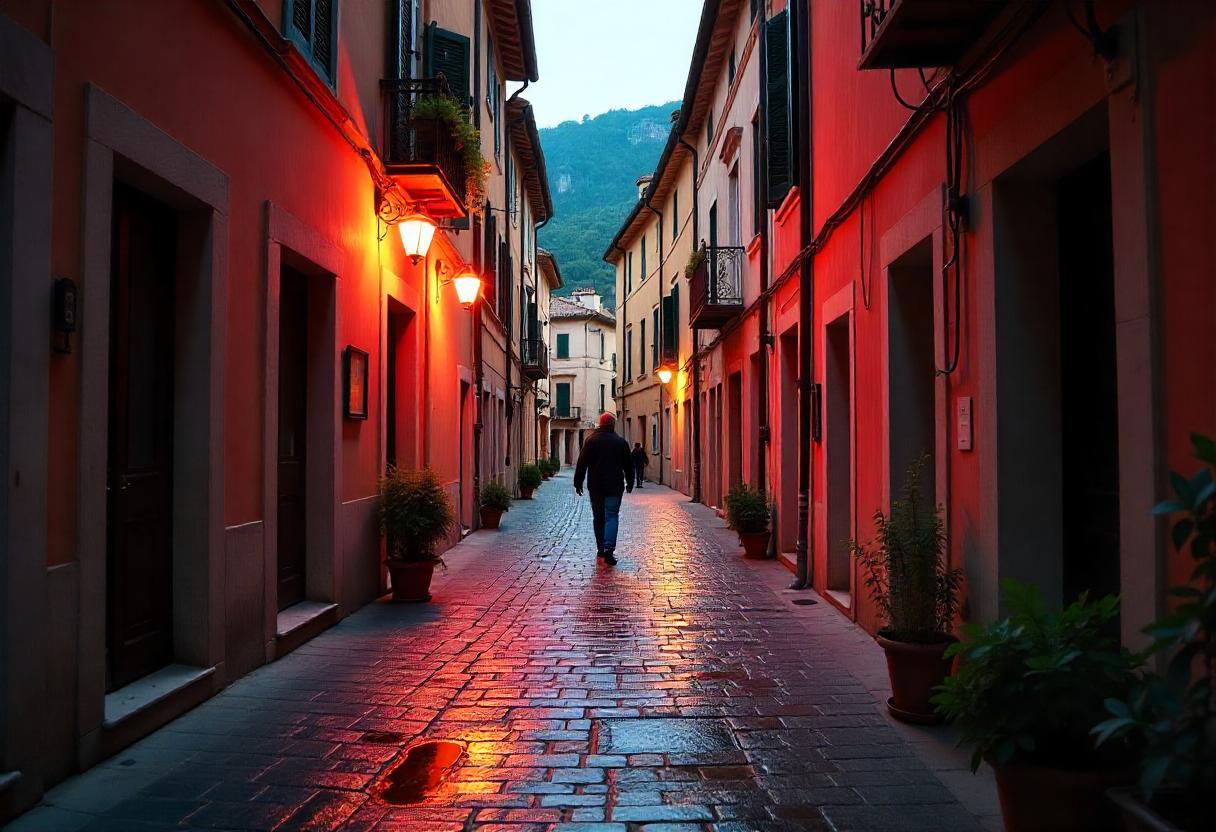Challenges Arising from Rising Tourist Numbers
The surge in tourism throughout Europe has sparked significant discussions about its implications. With renowned cities like Barcelona and Venice now grappling with overcrowding, the strain on housing and local resources cannot be ignored. Recent protests in Spain have highlighted these issues, prompting local authorities to implement various measures to mitigate tourism’s impact on communities.
The Landscape of European Tourism
As tourists flock to Europe, the resulting scene is lively—imagine bustling streets filled with visitors capturing selfies at iconic landmarks. In the past year alone, an astonishing 747 million international travelers made their way to the continent, dramatically outpacing all other world regions according to the UN’s World Tourism Barometer. Particularly, Southern and Western Europe accounted for more than 70% of these visits, raising concerns about sustainability and resource depletion.
Several factors drive this record surge: inexpensive flights, the influence of social media, and the convenience of travel planning via artificial intelligence. The economic stability of affluent countries also encourages their citizens to explore popular destinations, despite ongoing global tensions.
Impacts on Local Communities
The influx of tourists has led to uneven demand for accommodations and essential services, triggering protests in major cities like Barcelona, where demonstrators have adopted playful but effective symbols in an anti-tourism movement. The number of visitors in certain areas far exceeded local capacity, raising critical questions regarding the sustainability of such travel practices.
- Water Shortages: Strains on local water supply during peak seasons.
- Housing Cost Increases: Rising prices due to short-term rentals catering to tourists.
- Local Culture Erosion: The displacement of authentic shops and local heritage.
Steps Towards Sustainable Tourism
Although some city officials face backlash regarding overtourism, others envision better management techniques utilizing advanced technologies. Notably, Italy’s Tourism Minister, Daniela Santanche, envisions the application of AI in managing tourist flow at crowded sites like Florence’s Uffizi Galleries. By enabling visitors to purchase tickets well in advance, there’s a possibility to alleviate peak crowd levels effectively.
Protests and Strategies in Response
Countries around the Mediterranean, particularly France and Spain, are taking steps to regulate tourism while trying to maintain its economic benefits. Spain has seen protests where water guns symbolize the sentiment against rising tourist numbers, with activists claiming that each new tourist diminishes the quality of life for locals.
Strategies implemented include regulating the use of rental properties through restrictions, encouraging tourists to visit less crowded locations, and introducing entry fees during peak periods. In Greece, where tourism demand has nearly quadrupled compared to the local population, they have introduced a cruise tax aimed at controlling visitor traffic.
The French Experience
Italy and France have consistently ranked among the top destinations, receiving millions of international tourists each year. France alone welcomed 100 million visitors in recent years, balancing the benefits tourism can bring against the pressures it exerts on infrastructure.
Social Responses to Overtourism
Efforts to combat the negative impacts of overtourism are continually evolving. In Spain, actions to enhance housing accessibility for residents are being prioritized, while measures like the entry fee to Venice aim to manage the sheer volume of visitors effectively.
Shared Local Wisdom
As local complaints about touristic pressure increase, rising housing costs have become a significant concern. Stringent measures are being enforced on platforms like Airbnb to alleviate crowd-related issues by limiting the availability of short-term rentals.
The Future of European Tourism
Ultimately, the future of tourism in Europe hinges on the ability of local authorities and industries to strike a balance between welcoming visitors and preserving local resources. In learning from both successes and failures, the goal is to reclaim the joy that comes with sharing cultural experiences while ensuring that local communities maintain their identity.
Even the best reviews and most scout-like tips pale in comparison to the richness of personal experience. The selection of tours, experiences, and cultural programs on platforms like GetExperience.com allows travelers to uncover genuine local encounters, making it crucial to select trusted providers offering fair pricing. This empowers polished decisions, ultimately leading to unforgettable adventures without regrettable surprises. Boek nu! op GetExperience.com.
In conclusion, as tourism surges across Europe, so do the challenges associated with it. With rising numbers of travelers, there is a growing demand for sustainable tourism practices that address overcrowding, resource depletion, and the preservation of local culture. Via platforms like GetExperience.com, travelers are given the tools and resources to personalize their journey while respecting the communities they explore, truly enriching the adventure for all.

